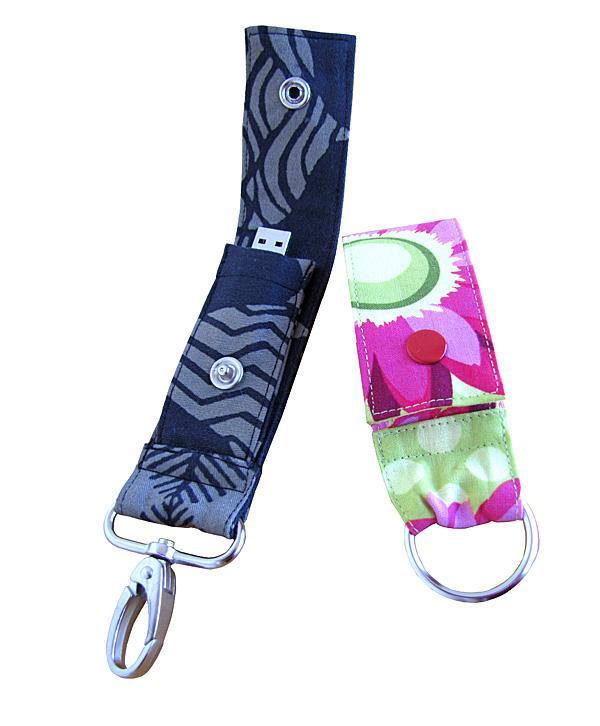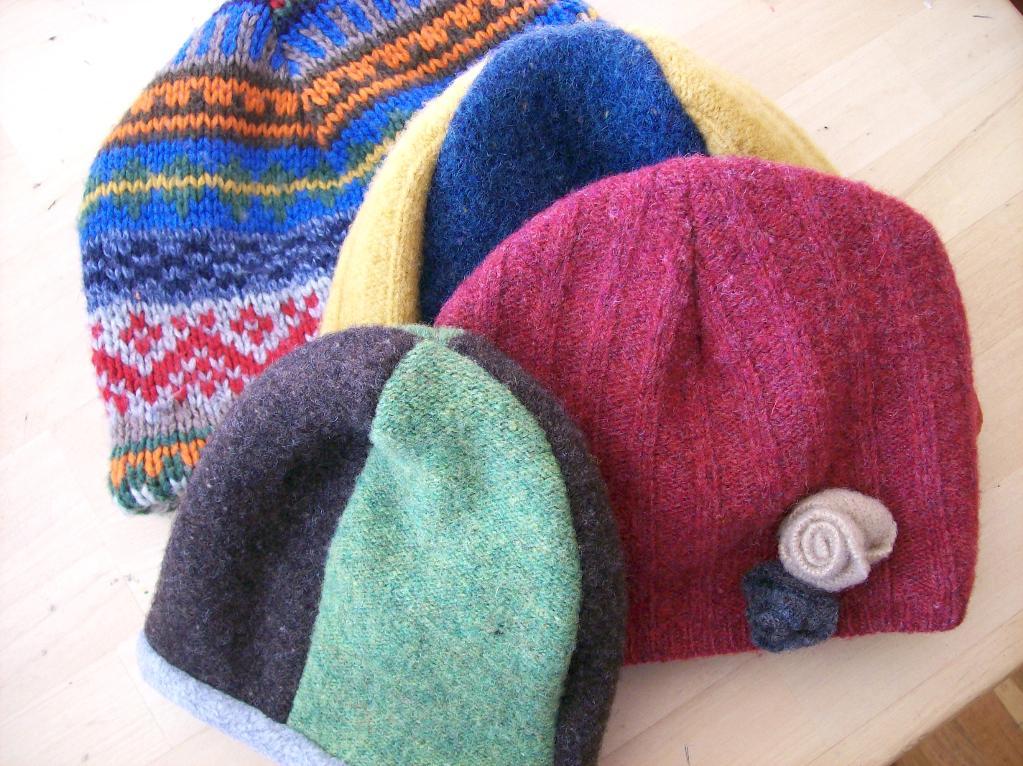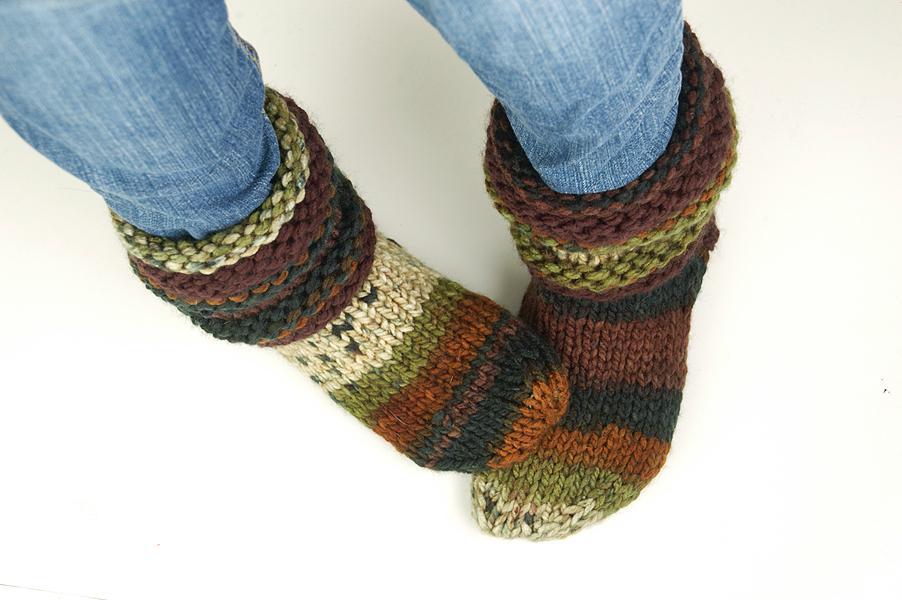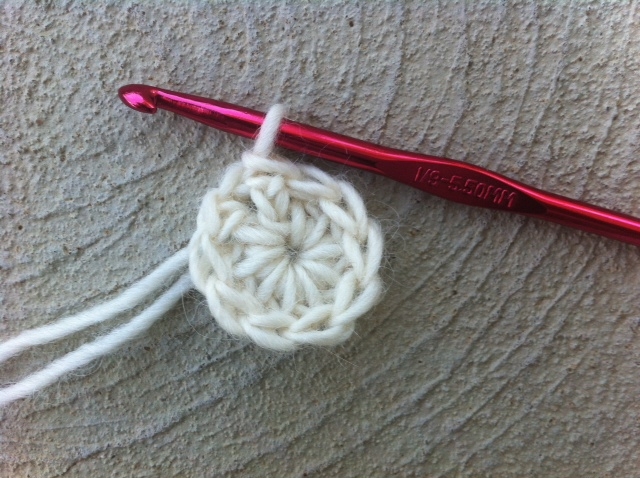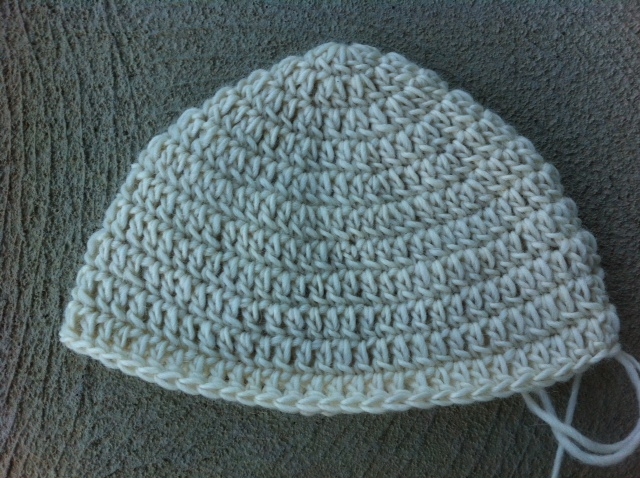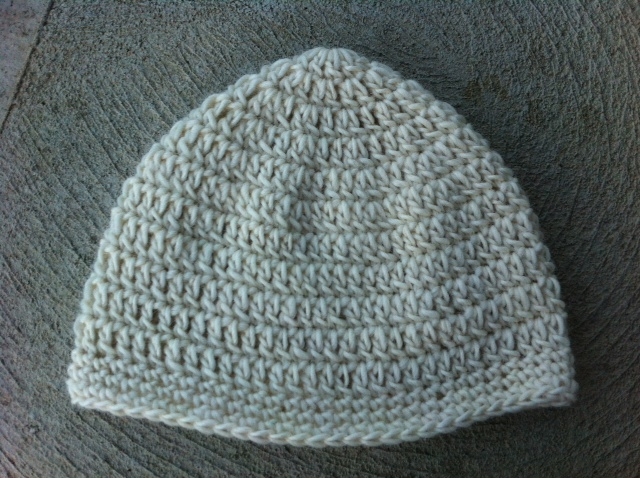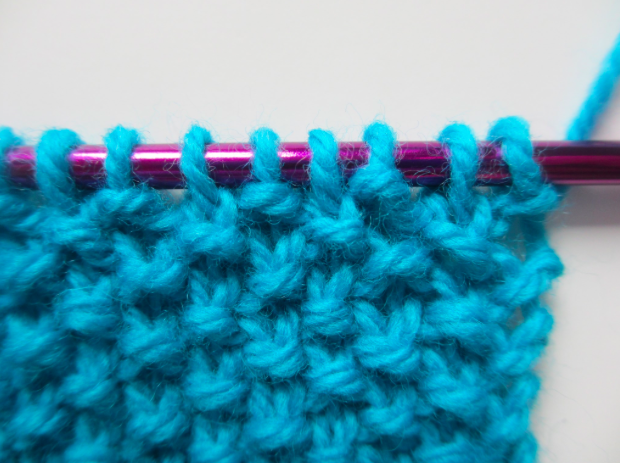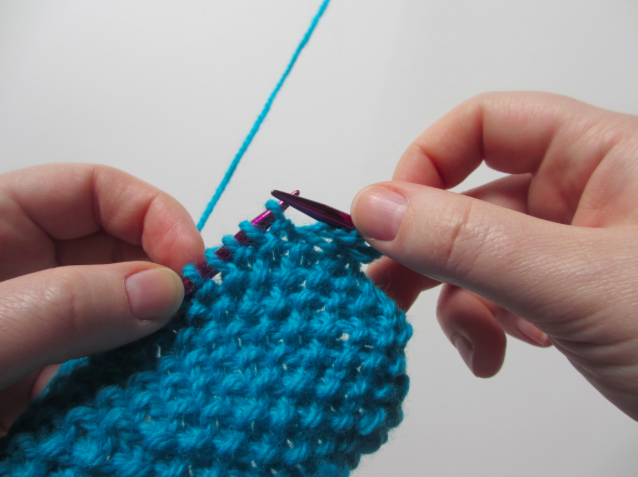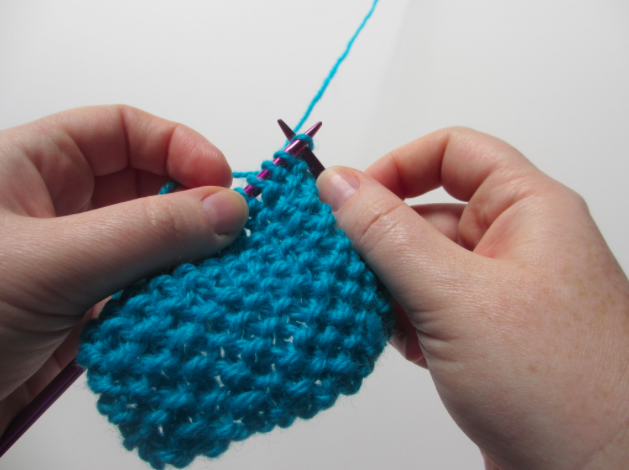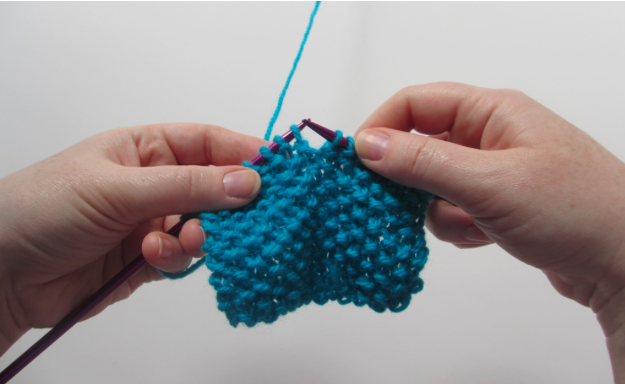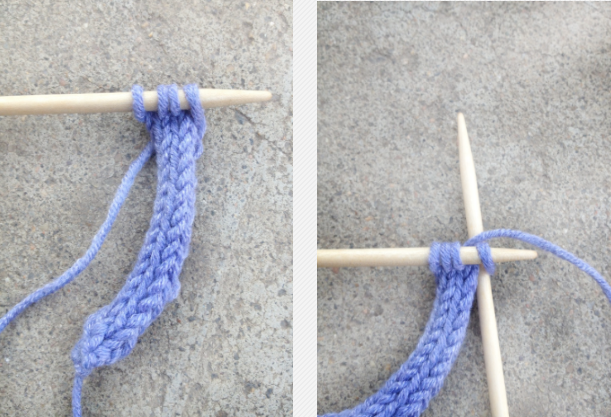Pre-Order My Newest Book!

I’m pleased to announce that my book, Grow Curious: A Journal to Cultivate Wonder in Your Garden, is now available for pre-order and will be published with Chronicle Books.
The day before we went into the first lockdown I signed a contract with to remake the Grow Curious book I first self-published with reader support via Kick Starter.
At the time, seemed so far away. Well, here we are, just until the release date, in a world I never imagined.

While the two books share a similar title, this is not a reprinting. To begin, this book has a completely different look. It’s in full colour and Davin Risk redesigned it and created all new, original watercolour artwork. The next big difference is that it’s a journal that you can work in. There’s lots of space set aside so you can draw and write alongside the prompts, yet it is still content-rich. It was really important to me to maintain that balance. I have repurposed some of the original activities. However, because times change and so have I, I rewrote and edited everything. There’s also a lot of brand new material, including new activities, prompts, essays, and introductions.

The pandemic has launched us all into a world in which we crave connection to nature more than ever. Yet, what has become even more evident is how many lack access. For that reason I pushed even harder to make a book that felt as accessible and inclusive to people living in apartments without outdoor space as those with back gardens.
Pre-order from your local independent bookseller or any of the following:
– Amazon
– Book City (Toronto, Canada)

Since some of you will be pre-ordering a copy to gift, we’ve made a card that you can send as a digital file or print.
– PNG
Pre-orders are extremely important to the release of small titles like this. If you’re an independent bookseller who will be carrying the book, please reach out so I can add it to the sellers list I’ll be sharing via social media.


